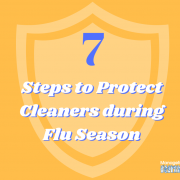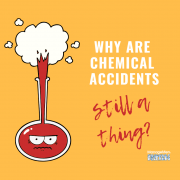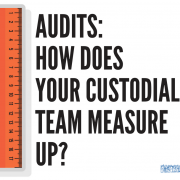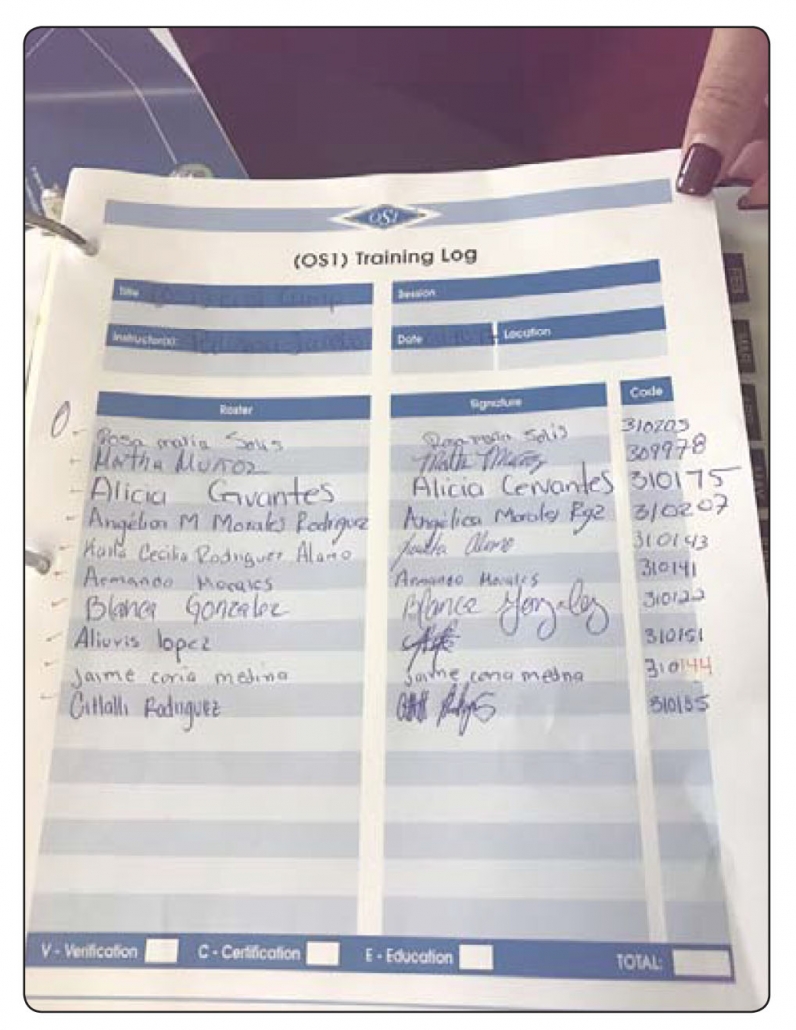It’s Flu Season: Please Protect Your Cleaners
Last year’s flu season claimed the lives of 80,000 people, according to the Centers of Disease Control and Prevention, making it the deadliest season on record in more than four decades. Last year’s flu season was unique in that the virus didn’t remain isolated in a particular area of the country. A CDC spokesperson shared that for three consecutive weeks, “the entire continental US was affected by the flu at a very high level.”
November typically marks the start of flu season, so runny noses are already starting to fill classrooms, offices, hotel rooms and cafeterias everywhere. A few months ago, we shared information about how to clean to stop the spread of the flu virus, but it’s equally important to protect the people at the front line of flu prevention: your custodial staff. A kitchen staff wouldn’t come to work on a busy night without tools like gloves and knives, so your cleaning staff should be equally prepared when it comes to cleaning during flu season.
Here are seven easy ways that you as a custodial professional can make sure your team is protected:
- Make flu shots easy and accessible. Depending on the business type, a nurse may already be available onsite to administer flu shots to custodial personnel, but most times this is not the case. Make it easy for workers to get their flu shots by providing them with a list of nearby locations where they can get the flu shot and giving them time off work (just 15-30 minutes is all they need) to do so. If time off work isn’t an option, consider arranging for a professional to come to your facility and administer shots to staff during the start or end of their shift. The CDC offers this guide for promoting the flu vaccine within your business.
- Educate workers on the differences between cleaning, disinfecting and sanitizing. Before the start of flu season, consider providing a short training session on microbiology basics. You know the drill—cleaning removes dirt and germs, disinfecting kills germs, sanitizing reducing germs to a safe level. Make sure your team understands the difference between each type of cleaning, along with how to disinfect properly by allowing disinfectants the proper amount of dwell time to be effective.
- Protect workers with the proper personal protective equipment (PPE). From gloves to eye protection and face masks, equip workers with the necessary PPE to prevent them from coming into direct contact with airborne viruses or bacteria resting on surfaces being cleaned—or from exposure to quaternary-based cleaners.
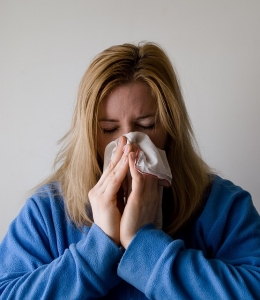
Did you know? The average sneezing distance is anywhere from 3 to 26 feet!
- Implement hand-washing protocol. When arriving at work, one of the first things custodians should do is wash their hands to remove any dirt or bacteria they may have carried in with them. Even if they’ve used protective gloves throughout their shift, encourage them to wash their hands when they have completed cleaning responsibilities or before/after taking a break as they may have come into contact with a virus during that period. Regular hand washing not only helps protect custodial workers, it also helps prevent them from spreading germs as they clean.
- Encourage sick workers to stay home. According to the New England Journal of Medicine, the average sneezing distance is anywhere from 3 to 26 feet—no one wants to be in the direct line of fire of that! Sick workers can not only spread viruses and bacteria throughout the building (and to others on staff), they can also become sicker. Reduce “presenteeism” by making sure employees understand what leave is available to them and encouraging a workplace environment that values health and wellness.
- Reduce cross contamination with standardized cleaning processes. From dirty tools to processes driven by employee whim, a lot of cleaning programs lack standardization and leave the door open to issues like cross contamination, missed surfaces and ultimately polluting the indoor environment. Prevent this from happening by using an engineered, scientific approach to cleaning tasks that allows you to measure the work performed.
- Increase fomite cleaning frequencies in custodial areas too. When the flu season hits, one of the first things many custodial workers do is increase the cleaning and disinfection of high touch surfaces such as door handles, hand rails, light switches and faucet knobs throughout the building. Make sure to include areas frequented by custodial professionals in this effort too, including custodial closets, break rooms and lockers.
It’s estimated that the last flu season cost employers more than $21 billion in lost productivity. Because your team is on the front lines of preventing the spread of this virus that will inevitably appear in your facility at some point this year, make sure your team is prepared—and protected—in the fight.

